To cook perfect low and slow ribs, smoke them at 225-275°F for 4-8 hours using a dry rub and proper technique. This guide covers everything you need: science-backed methods, authentic spice blends, essential equipment, and step-by-step instructions for fall-off-the-bone results every time.
Table of Contents
- The Science Behind Low and Slow Cooking
- Spice Blends for Perfect Ribs
- Step-by-Step Guide to Cooking Low and Slow Ribs
- Equipment You'll Need
- Buying Guide: Top Picks for Your Setup
- Frequently Asked Questions
The Science Behind the Method
The magic of low and slow cooking transforms tough ribs into tender perfection. Here's how it works:
- Collagen Breakdown: Slow heat converts connective tissue into gelatin, creating melt-in-your-mouth texture.
- Maillard Reaction: Creates a flavorful crust (bark) through protein-sugar reactions at low temperatures.
- Smoke Penetration: Extended cooking allows wood smoke to deeply infuse flavor without drying meat.
| Cooking Method | Temp Range | Time | Texture |
|---|---|---|---|
| Low and Slow | 225–275°F | 4–8 hrs | Tender, moist, barky exterior |
| Oven Roasting | 300–350°F | 2–3 hrs | Drier, less flavorful |
| Pressure Cooking | High pressure (~250°F) | 45 min–1 hr | Soft but lacks bark and smoke flavor |
Spice Blends for Perfect Ribs
Spices define your ribs' flavor profile. These tested blends deliver authentic results:
Classic BBQ Rub
- Brown sugar (¼ cup)
- Paprika (2 tbsp)
- Garlic powder (1 tbsp)
- Onion powder (1 tbsp)
- Black pepper (1 tsp)
- Chili powder (1 tsp)
- Salt (1 tsp)
Kansas City Style
- Dark brown sugar (½ cup)
- Smoked paprika (2 tbsp)
- Ground mustard (1 tbsp)
- Cayenne pepper (½ tsp)
- Black pepper (1 tsp)
- Salt (1 tsp)
Texas Dry Rub
- Salt (2 tbsp)
- Black pepper (2 tbsp)
- Garlic powder (1 tbsp)
- Mustard powder (1 tbsp)
- Paprika (1 tbsp)
Carolina Heat Blend
- Paprika (2 tbsp)
- Cayenne pepper (1–2 tbsp)
- White vinegar powder (1 tbsp)
- Salt (1 tbsp)
- Crushed red pepper flakes (1 tsp)
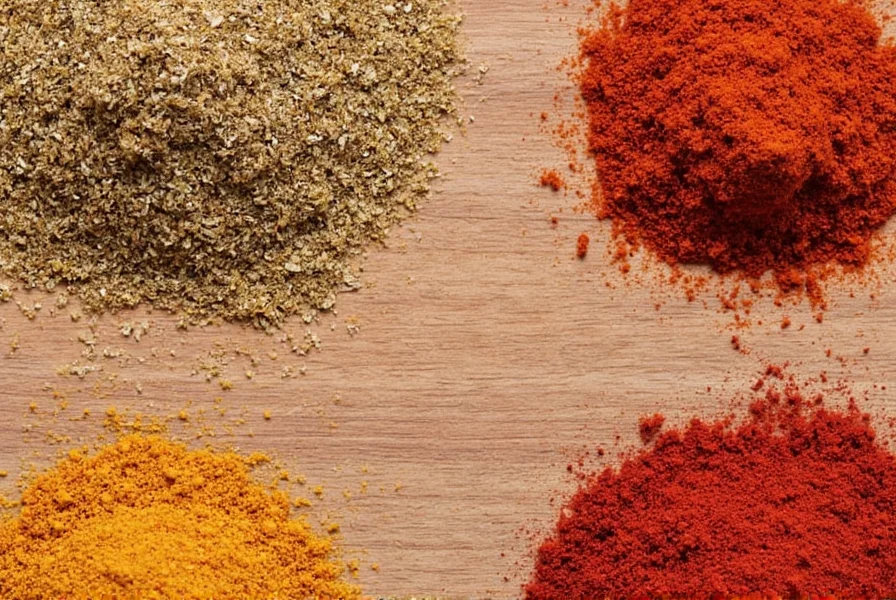
Step-by-Step Guide to Cooking Low and Slow Ribs
- Choose Ribs: Baby back (faster cook), spare ribs (more flavor), or St. Louis cut (uniform shape).
- Trim and Prep: Remove silver membrane, trim excess fat to ¼" thickness.
- Apply Rub: Coat evenly, refrigerate 1-2 hours (or overnight for deeper flavor).
- Smoke Setup: Maintain 225-250°F with soaked wood chunks (apple, cherry, or hickory).
- Initial Smoke: Cook unwrapped 3-5 hours until internal temp reaches 160°F.
- Wrap (Texas Crutch): Wrap in foil with apple juice/butter, return to smoker 1-2 hours.
- Finish Unwrapped: Unwrap, apply sauce if desired, smoke 30 minutes for bark formation.
- Rest: Let rest 15-20 minutes before slicing.
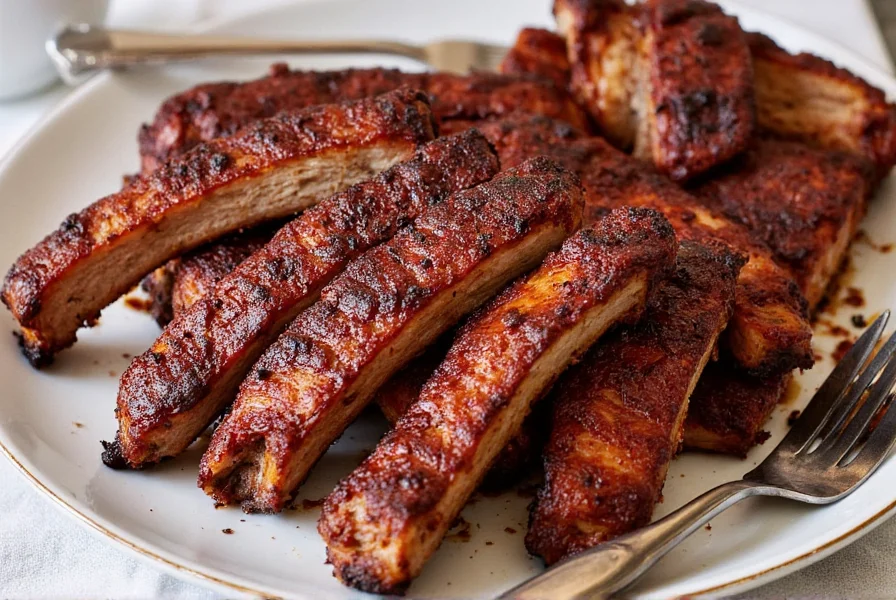
Equipment You'll Need
- Smoker: Electric (easy control), charcoal (traditional), or offset smoker (professional results).
- Wood Chips/Chunks: Fruitwoods (apple/cherry) for mild sweetness; hickory for bold flavor.
- Meat Thermometer: Wireless probe thermometer for real-time monitoring.
- Rib Rack: Vertical rack to maximize smoker space and ensure even cooking.
Buying Guide: Top Picks for Your Low and Slow Setup
Best Smokers
| Product | Features | Advantages | Use Case |
|---|---|---|---|
| Masterbuilt MB20071117 Electric Smoker | Digital controls, 450 sq. in. space | Beginner-friendly, consistent heat | Home use, small gatherings |
| Char-Griller Akorn Kamado Grill | Porcelain-coated steel, excellent heat retention | Versatile (grill/smoker/oven) | Backyard cooking, camping |
| Weber Smokey Mountain Cooker | Classic design, reliable temperature control | Competition-proven performance | BBQ contests, serious enthusiasts |
Best Meat Thermometers
| Product | Features | Advantages | Use Case |
|---|---|---|---|
| ThermoPro TP20 Wireless Thermometer | 4 probes, remote monitoring | Hands-free cooking | Long smoking sessions |
| Maverick ET-733A Dual Probe | High-temp range, large LCD | Accurate readings in harsh conditions | Outdoor cooking |
Frequently Asked Questions
How long do you cook ribs using the low and slow method?
Cooking time ranges from 4-8 hours based on rib type. Baby backs take 4-5 hours, spare ribs 5-8 hours. Always check internal temperature (190-205°F) and bend test (ribs should bend easily with cracks in bark) rather than relying on time alone.
What temperature should I cook ribs at for the low and slow method?
Maintain 225-250°F for optimal results. This range allows collagen to break down slowly without drying meat. Temperatures above 275°F risk tough, dry ribs.
Do I need to wrap ribs when cooking low and slow?
Wrapping (Texas Crutch) is recommended for tender results. Smoke unwrapped 3-5 hours, then wrap in foil with liquid (apple juice/butter) for 1-2 hours. This pushes through the "stall" phase for maximum tenderness.
What's the difference between baby back ribs and spare ribs for low and slow cooking?
Baby backs are smaller, leaner, and cook faster (4-5 hours) with mild flavor. Spare ribs are meatier, fattier, and require 5-8 hours for full tenderness. Both work well, but spare ribs deliver richer flavor.
How do I know when low and slow ribs are done?
Check for: 1) Internal temperature 190-205°F, 2) Bend test (ribs bend easily with cracks in bark), 3) Meat pulls back ¼-½ inch from bones. Time is unreliable—always use these physical indicators.
What wood is best for smoking ribs low and slow?
Fruitwoods (apple/cherry) provide sweet, mild smoke perfect for ribs. Hickory adds stronger flavor (use 30% mix with apple). Avoid mesquite—it's too overpowering. Soak chunks 30-60 minutes before use for steady smoke.
Conclusion
Low and slow ribs are about patience and precision. By controlling temperature, using quality rubs, and mastering the wrap technique, you'll achieve restaurant-quality ribs at home. Remember: the best results come from trusting the process and using temperature as your guide, not just the clock.
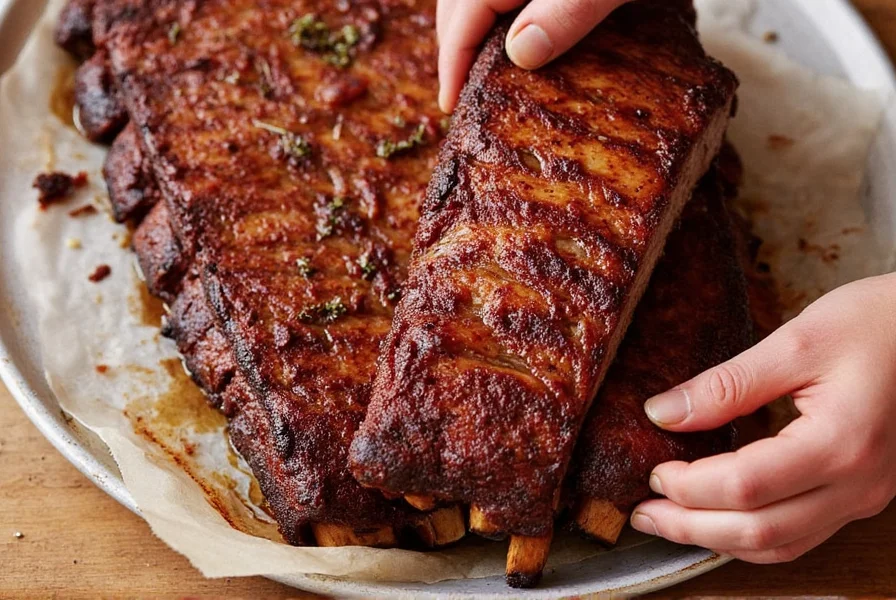
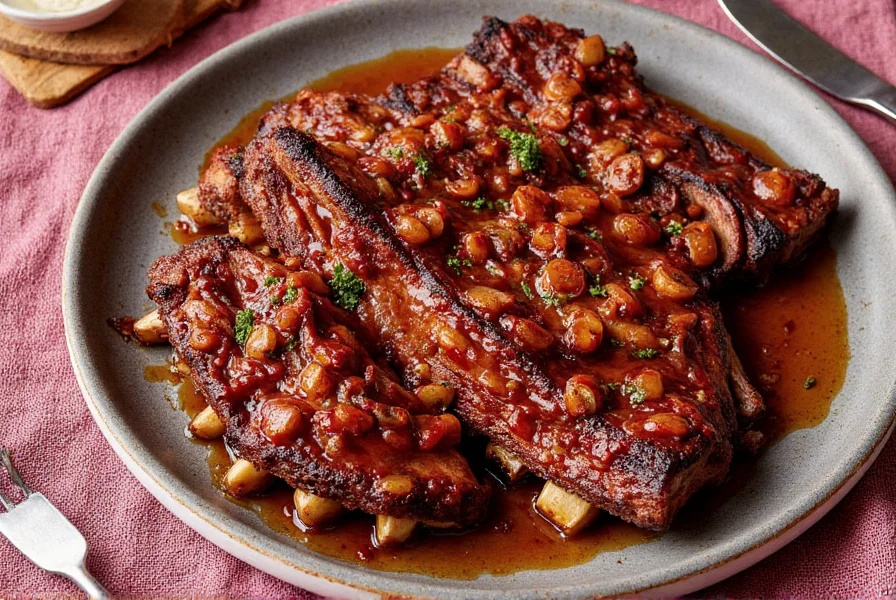

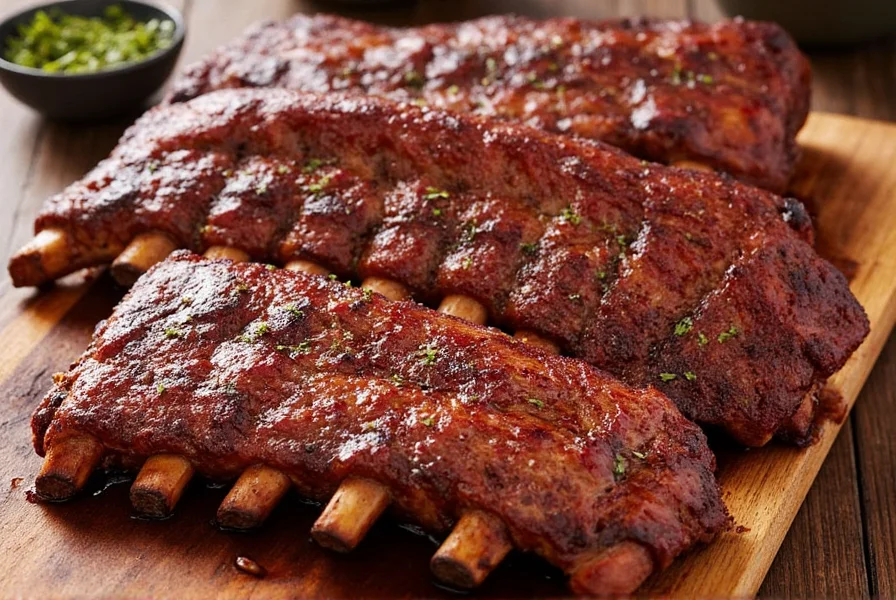









 浙公网安备
33010002000092号
浙公网安备
33010002000092号 浙B2-20120091-4
浙B2-20120091-4